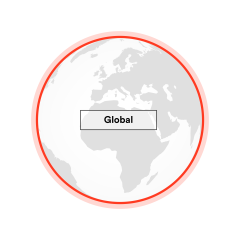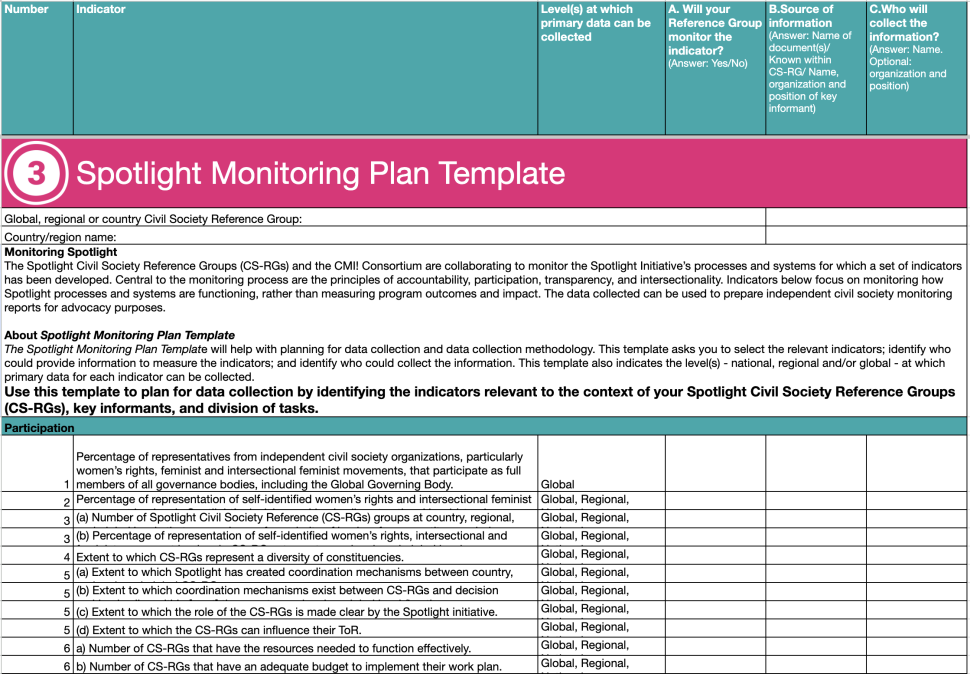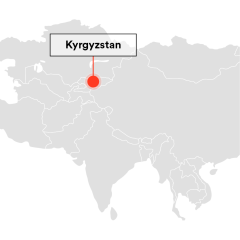Develop a monitoring and learning plan

Develop a monitoring and learning plan
Case Studies

In 2020, the Count Me In! Consortium and members of Civil Society Reference Groups (CSRGs) collectively developed a Civil Society Monitoring Toolkit. The Civil Society Reference Groups were established by Spotlight Initiative, engaging diverse women’s rights and feminist activists, subject-matter experts and marginalised groups from local to global levels advising on and monitoring the implementation of Spotlight Initiative’s programming, recommending changes, and holding Spotlight Initiative accountable for its commitments. Through independent monitoring and reporting, CSRGs are critical to ensuring the legitimacy and relevance of Spotlight Initiative’s contributions.
The toolkit includes a set of 26 indicators that Reference Groups can use to monitor the implementation process (using the Monitoring Plan) of Spotlight Initiative at country, regional, and global levels, which may result in an Advocacy Scorecard. Indicators focus on three key areas:
- Participation of civil society and intersectional feminist movements in governance, decision making, and programming;
- Funding mechanisms and the disbursement of funds to feminist organisations and networks; and
- Implementation, including how well Spotlight Initiative integrates the perspectives of feminist activists, and constituency led organisations.

To date, at least seven Reference Groups have produced Advocacy Scorecards. Scorecards have highlighted how Spotlight Initiative has advanced meaningful engagement of, and funding to, civil society, despite complex United Nations procurement and finance processes, which have been reported as a bottleneck to the accessibility of funds and a constraint to implementation.
In Liberia, the Civil Society National Reference Group conducted two monitoring visits in four Spotlight Initiative programme counties in 2022. The group’s monitoring report and recommendations were delivered at the National Steering Committee, spurring a pledge by the Government of Liberia and the National Council of Chiefs and Elders of Liberia to begin to raise awareness among traditional leaders and monitor activities around the “6-count Anti-FGM Policy”, which banned female genital mutilation (FGM) in Liberia.



The Kyrgyzstan Programme set up a Participatory Monitoring, Evaluation and Reporting (P-MER) function, a joint monitoring mission to Osh and Naryn regions in April 2022 with a group consisting of 13 representatives from key ministries and departments of the Government of Kyrgyz Republic, including the Office of the President, 8 Civil Society National Reference Group members, 14 representatives of the UN implementing agencies of Spotlight Initiative and the Programme Coordination Unit (PCU) and four media representatives. All members of the team came together to agree on a common vision, plan, and methodology through intense coordination and the sharing of key background information on the Theory of Change and results to date.
The PCU exchanged closely with more than 10 implementing partners, allowing for the PMER to be seen as an opportunity for cross-exchange and learning rather than monitoring in the traditional sense. A monitoring framework was also developed to measure changes in knowledge levels and attitudes.
As part of the monitoring mission, there was a great focus on collaboration. More than 25 meetings were organised in Osh, Uzgen, At-Bashy and Kochkor districts with the participation of representatives from the Domestic Violence Prevention Committees (DVPCs), women councils, schools, madrasahs, district administrations, health departments and others. Social workers, district police officers, juvenile affairs inspectors, heads of local municipalities, deputies of local keneshes (councils), participants of the Bus of Solidarity (BoS), GALS (communities, teachers, and school administration), «Kamkor-Ata» contest and journalists who took part in the media self-assessment exercise were also present at the meetings. In total, more than 300 residents of these areas (approximately 61% of women and 39% of men) attended the meetings together with the members of the monitoring mission.









